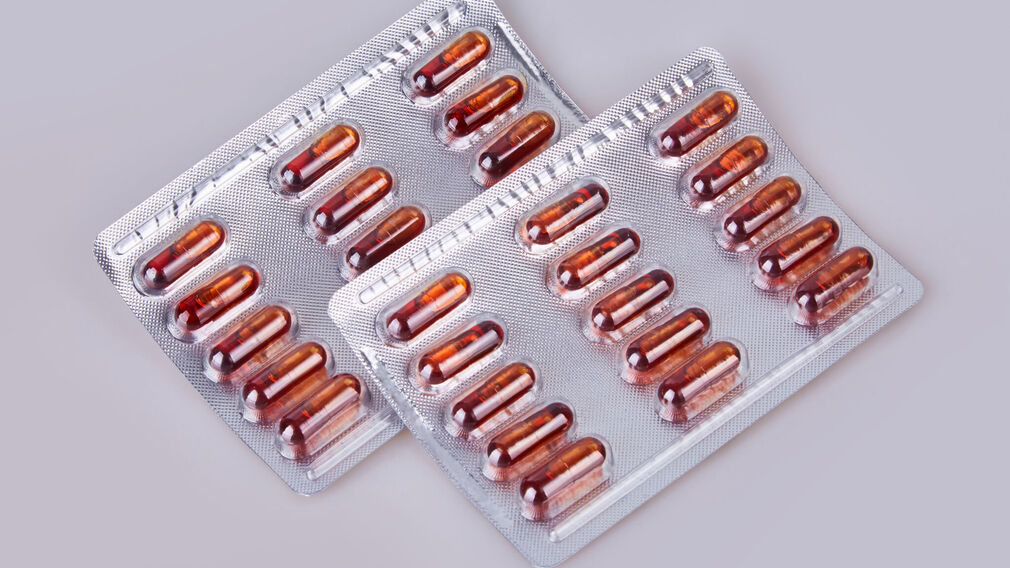
A new study has found that krill oil (KrO) may help underlying problems associated with metabolic health conditions such as early-stage fatty liver disease and obesity.
The study, Krill Oil Treatment Increases Distinct PUFAs and Oxylipins in Adipose Tissue and Liver and Attenuates Obesity-Associated Inflammation via Direct and Indirect Mechanisms, was conducted alongside the Netherlands Organisation for Applied Scientific Research (TNO).
Researchers said the study highlighted the oil’s ability to reduce disease-promoting lipids and obesity-related inflammation and also helped to reduce insulin resistance.
“Krill oil treatment increased the concentrations of eicosapentaenoic acid (EPA) and docosahexaenoic acid (DHA) and associated oxylipins,” the research team wrote.
“Simultaneously, KrO decreased arachidonic acid concentrations and arachidonic-acid-derived oxylipins.”
In the liver, krill oil suppressed inflammatory signalling pathways without affecting liver histology, the study said.
Together with colleagues from the Leiden University Medical Center, the researchers placed mice in the krill oil (KrO) treatment group, where they were fed on a high fat diet (HFD) which involved replacing 3% of the total diet with KrO (KrO diet).
The study was also supported by Norwegian biotech company Aker BioMarine.
The KrO (Aker BioMarine’s Superba Boost, Aker BioMarine) contained EPA (over 150 mg/g and DHA (over70 mg/g), which is approximately 20% of EPA and DHA fatty acids in KrO.
Meanwhile, the control group of 15 mice was fed an energy-dense high-fat diet (20kcal% protein, 35kcal% carbohydrate, 45kcal% fat, with 39kcal% from lard and 6kcal% from soyabean oil).
At an expected average of 3g/day per mouse, the dietary intake of KrO was 0.09 g/mouse/day on average.
Body weight and food intake were measured regularly and levels of cholesterol, triglycerides, insulin, blood glucose and other measurements were analysed after eight weeks, 16 weeks and 28 weeks.
KrO treatment affected the lipid composition in the circulation, white adipose tissue (WAT) and the liver in a comparable way, the study said.
All tissues showed a marked increase in omega-3 fatty acids and a decrease in arachidonic acid (ARA) concentrations, according to the report, with the highest absolute concentrations of omega-3 fatty acids found in the liver.
The study also found that KrO prevented the activation of inflammatory regulators and stimulated the formation of anti-inflammatory bioactive lipids.
KrO also prevented the activation of inflammatory regulators by HFD, increased PUFA concentrations and stimulated the formation of anti-inflammatory bioactive lipids, according to the study.
“We have demonstrated that long-term KrO treatment (28 w) improves the fatty acid composition in the circulation, WAT and the liver,” the study said.
“This improvement is characterised by marked elevations in omega-3 fatty acids and associated oxylipins, which can exert beneficial effects on metabolism (for example, fasting insulin, adipokines) and tissue inflammation.”


